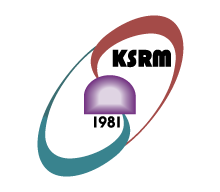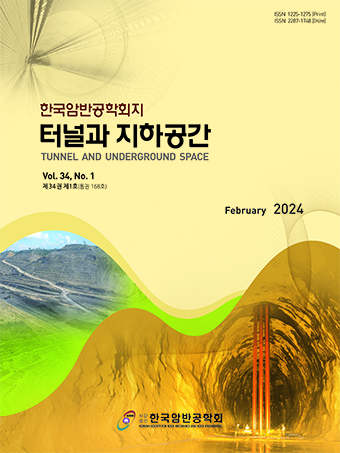Technical Note
Abstract
References
Information
Sonmez, H., Ercanoglu, M., and Dagdelenler, G., 2022, A novel approach to structural anisotropy classification for jointed rock masses using theoretical rock quality designation formulation adjusted to joint spacing. Journal of Rock Mechanics and Geotechnical Engineering, 14, 329-345.
10.1016/j.jrmge.2021.08.009
- Publisher :Korean Society for Rock Mechanics and Rock Engineering
- Publisher(Ko) :한국암반공학회
- Journal Title :Tunnel and Underground Space
- Journal Title(Ko) :터널과 지하공간
- Volume : 32
- No :6
- Pages :397-410
- Received Date : 2022-12-07
- Revised Date : 2022-12-12
- Accepted Date : 2022-12-13
- DOI :https://doi.org/10.7474/TUS.2022.32.6.397




 Tunnel and Underground Space
Tunnel and Underground Space








